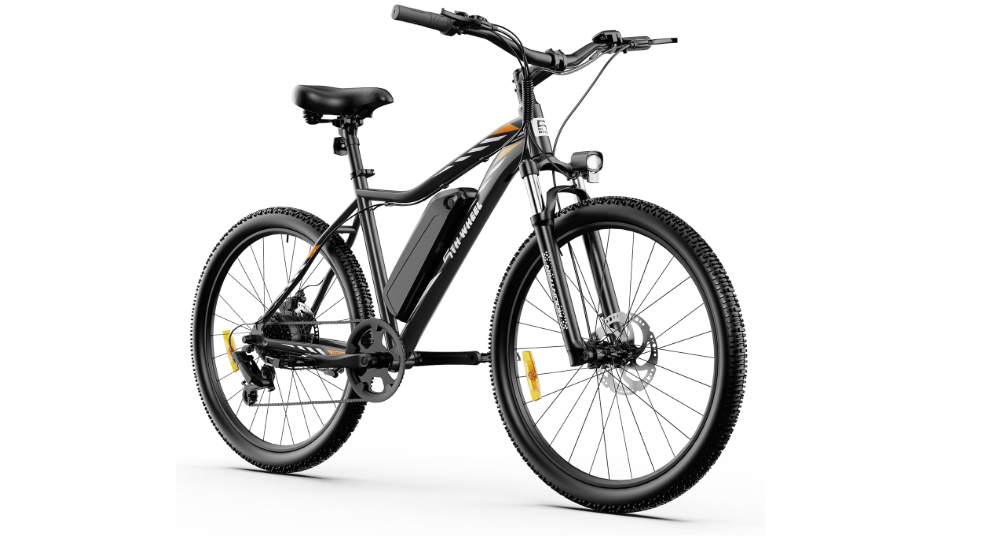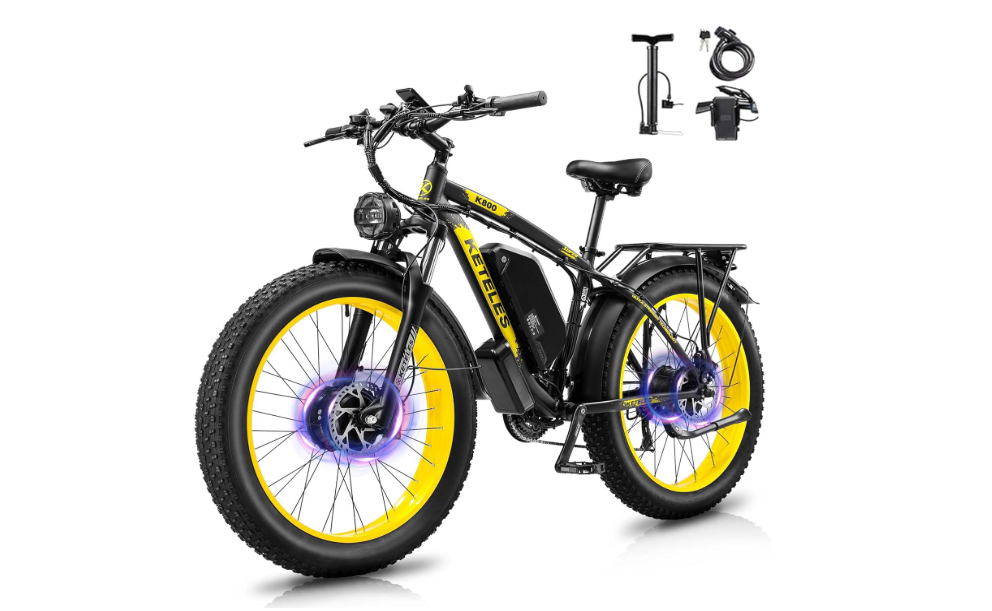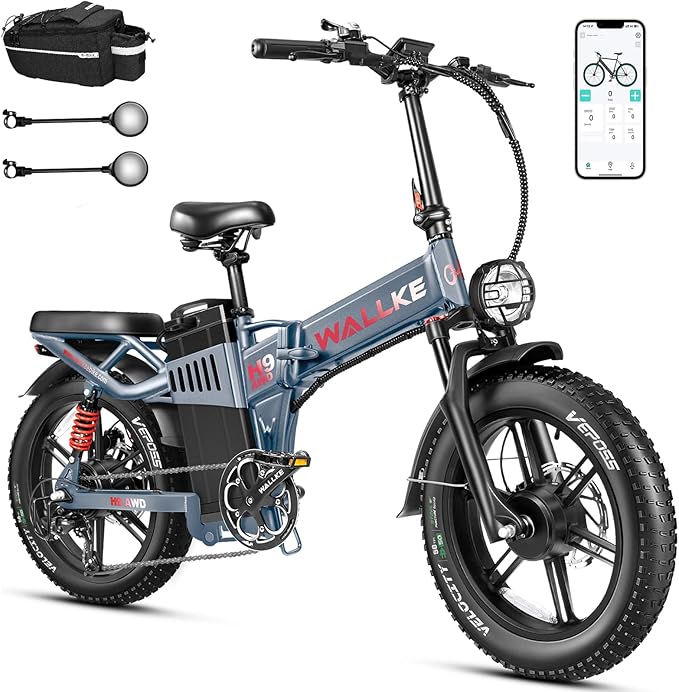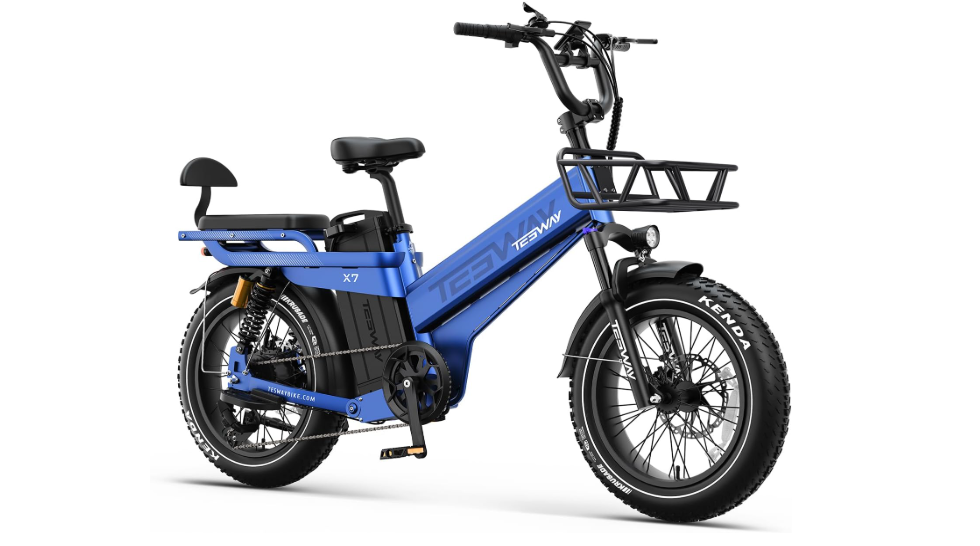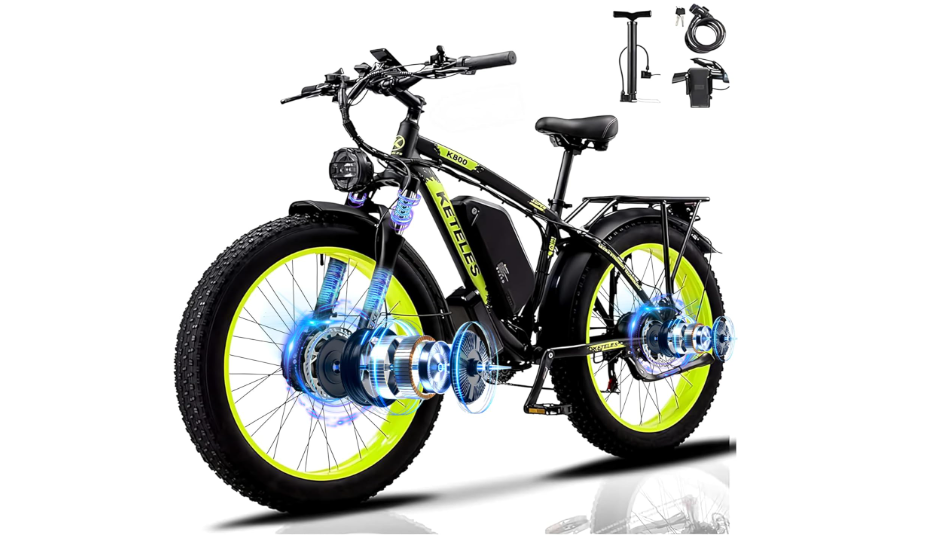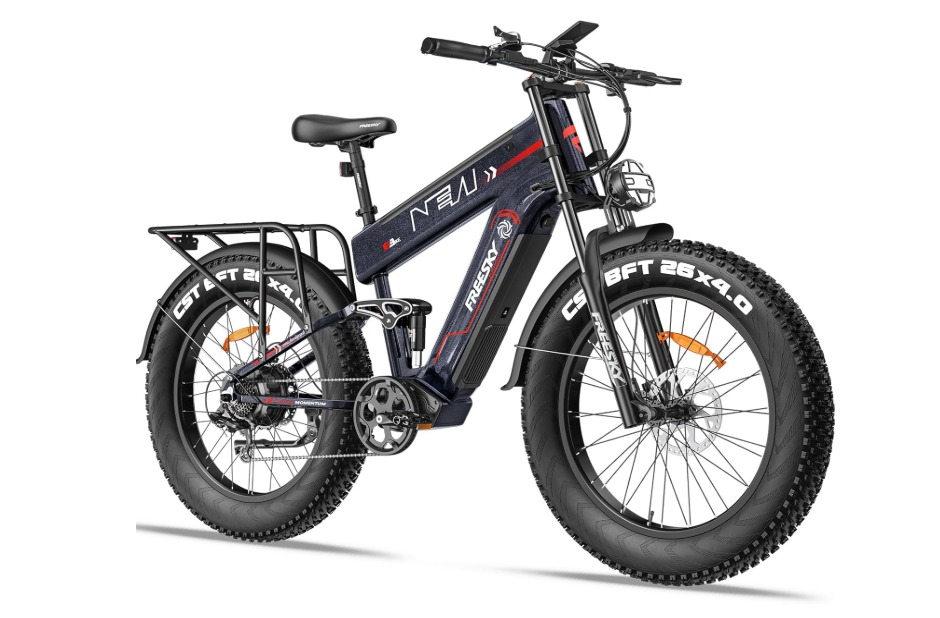Urban commuting in India has become increasingly challenging with rising traffic congestion, limited parking, and escalating fuel costs.
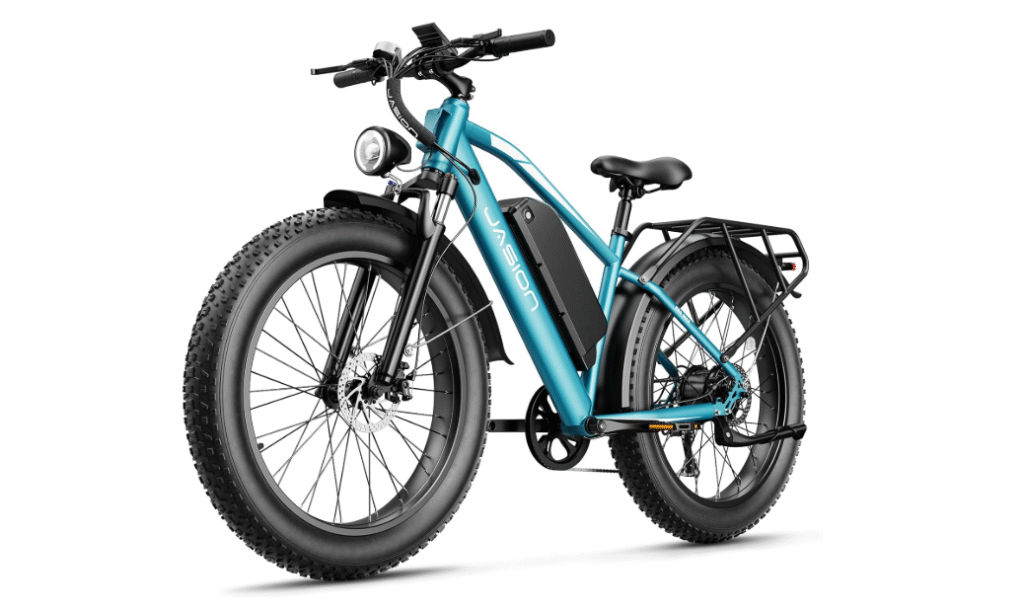
In 2025, electric bicycles (e-bikes) are emerging as a practical, eco-friendly, and cost-effective alternative for city dwellers.
Unlike traditional bikes or two-wheelers, e-bikes combine electric assistance with pedaling, allowing commuters to cover longer distances with less effort.
However, choosing the right e-bike for city traffic is more than just picking a brand or color. The urban landscape demands a careful evaluation of battery life, motor power, weight, safety features, and maneuverability that You can Buy Now.
Selecting the right model ensures efficiency, comfort, and longevity, while minimizing maintenance and running costs.
This guide helps you navigate the key considerations, options, and tips for choosing the ideal e-bike for Indian city traffic in 2025.
Understanding Your Commute Needs
Before exploring e-bike models, assess your daily commute. Consider:
- Distance: How far do you travel each day? Short commutes of 5–10 km require lower battery capacity, while 30–40 km commutes need higher range batteries.
- Traffic Conditions: Stop-and-go city traffic benefits from pedal-assist modes, which reduce fatigue.
- Storage Space: Apartments or office spaces may necessitate foldable or lightweight models.
- Road Conditions: Potholes, uneven roads, and occasional off-road segments may require suspension and wider tires.
Understanding your commute helps narrow down e-bikes that balance range, speed, and portability, ensuring practical daily use that You can Check Now.
Key Factors to Consider When Choosing an E-Bike
1. Battery and Range
The battery determines how far you can travel without recharging. Lithium-ion batteries dominate the market due to their lightweight design, high energy density, and long lifespan.
For urban commuting:
- Short daily rides (<15 km): 36V 6–10Ah battery is sufficient.
- Medium commutes (15–30 km): 36V–48V 10–12Ah battery recommended.
- Long commutes (30–50 km): Consider dual batteries or high-capacity lithium-ion packs.
Removable batteries offer convenience for indoor charging and reduce theft risk. Proper care extends lifespan, usually 3–5 years, and reduces the frequency of costly replacements that You can Oder Now.
2. Motor Power and Type
Motor power affects acceleration, hill climbing, and overall speed.
- Hub Motors: Integrated into the front or rear wheel; simple, low-maintenance, ideal for flat city terrain.
- Mid-Drive Motors: Located near pedals; offer better balance and efficiency, especially for hilly areas.
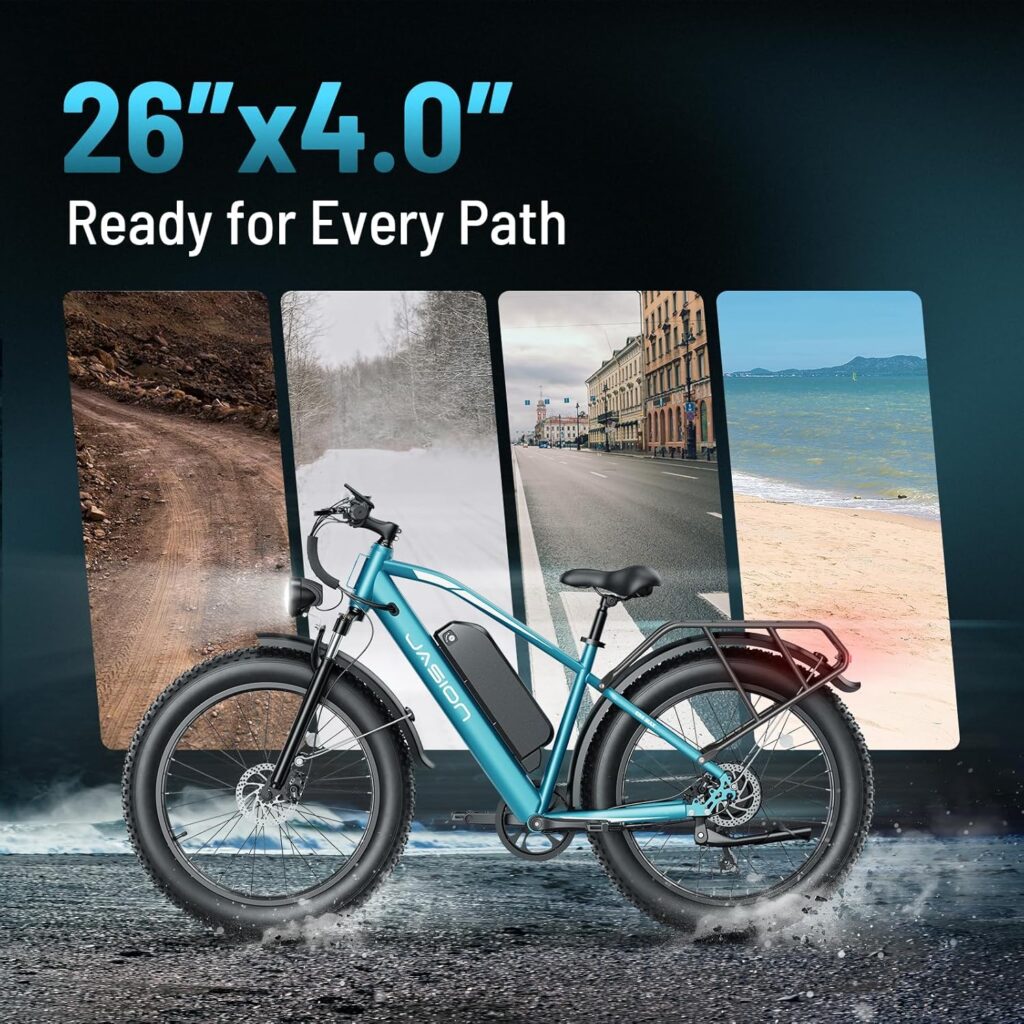
For urban traffic, 250–350W motors are sufficient, offering speeds up to 25 km/h, which complies with Indian regulations and keeps commuting safe and efficient.
3. Weight and Portability
City riders often need to carry their e-bike upstairs, onto public transport, or into apartments. Lightweight models (15–20 kg) are ideal.
Foldable e-bikes are increasingly popular in 2025, providing compact storage and portability without compromising performance. Consider frame material, wheel size, and folding mechanism to ensure ease of use.
4. Safety Features
Urban traffic can be unpredictable. Safety should never be overlooked:
- Brakes: Disc brakes or hydraulic systems provide consistent stopping power.
- Lights: Integrated front and rear lights improve visibility in low-light conditions.
- Reflectors and Horns: Essential for alerting pedestrians and vehicles.
- Suspension: Front suspension or shock-absorbing frames reduce fatigue and improve stability on uneven roads.
Some models include smart features, such as GPS tracking, geofencing, and anti-theft alerts, enhancing safety and peace of mind.
5. Tyres and Comfort
- Tyre Width: Wider tyres (2–2.5 inches) improve stability on pothole-heavy roads.
- Seat Comfort: Adjustable seats with ergonomic design reduce fatigue during longer commutes.
- Handlebars: Adjustable or foldable handles improve rider posture and storage convenience.
Comfortable ergonomics and proper tyre selection make daily commuting more enjoyable and less strenuous.
Types of E-Bikes Suited for Urban Traffic
- Commuter E-Bikes: Lightweight, affordable, and designed for daily city travel. Ideal for short to medium distances.
- Foldable E-Bikes: Compact and portable, perfect for apartments, offices, or multi-modal commuting.
- Fat-Tyre E-Bikes: Provide better grip and comfort on uneven urban roads. Often heavier, but suitable for hilly areas.
- Premium Smart E-Bikes: Feature GPS, app integration, long-range batteries, and safety features. Best for tech-savvy commuters who prioritize convenience.
Selecting the type depends on storage, budget, commute distance, and lifestyle preferences.
Practical Considerations: Cost, Maintenance, and Warranty
Price Range in India (2025):
- Budget models: ₹30,000–₹50,000
- Mid-range: ₹50,000–₹90,000
- Premium: ₹1 lakh+
Factor in battery replacement cost, which ranges from ₹7,000–₹15,000, depending on capacity and brand. EMI options are widely available, making high-quality e-bikes more accessible.
Maintenance is relatively low compared to petrol bikes. Regular care of tyres, brakes, battery, and chain ensures consistent performance and prolongs lifespan. Choose brands with a reliable service network for ease of repairs and replacements.
Warranty coverage for batteries and motors is essential. Most reputable brands offer 2–3 years warranty on critical components.
Tips for Test Riding and Evaluating Models
Before purchasing:
- Take the e-bike on a short urban route to evaluate comfort, acceleration, braking, and battery performance.
- Test the folding mechanism if portability is important.
- Check seat adjustability and handlebar comfort.
- Evaluate noise levels, ride smoothness, and responsiveness.
- Review app integration or digital features if considering a smart model.
Test rides ensure you pick a model that suits your daily traffic conditions and commuting style.
FAQs
1. How far can an urban e-bike travel on a single charge?
Ranges vary from 25–50 km depending on battery capacity, terrain, and riding style. Dual-battery or high-capacity options can exceed 80 km.
2. Are foldable e-bikes suitable for city commuting?
Yes. They provide portability, easy storage, and comparable performance to standard e-bikes.
3. How long do e-bike batteries last?
Lithium-ion batteries typically last 3–5 years. Proper charging and care extend lifespan.
4. Do I need a high-powered motor for city traffic?
For flat urban roads, 250–350W motors are sufficient. Higher power may be needed for hilly areas.
5. What maintenance is required for city e-bikes?
Regular checks of tyres, brakes, chain, suspension, and battery. Clean the bike, use OEM chargers, and store batteries properly to ensure long-term performance.
Conclusion
Choosing the right electric bicycle for city traffic in 2025 requires a careful balance of battery capacity, motor power, portability, safety, and comfort. Assess your commute, storage options, and lifestyle to select the model that fits best.
